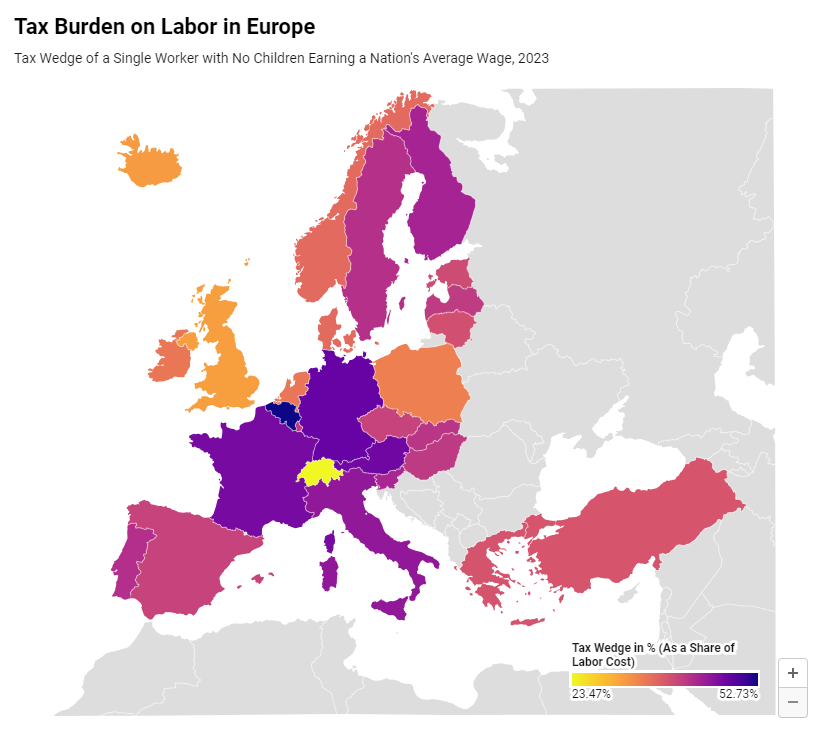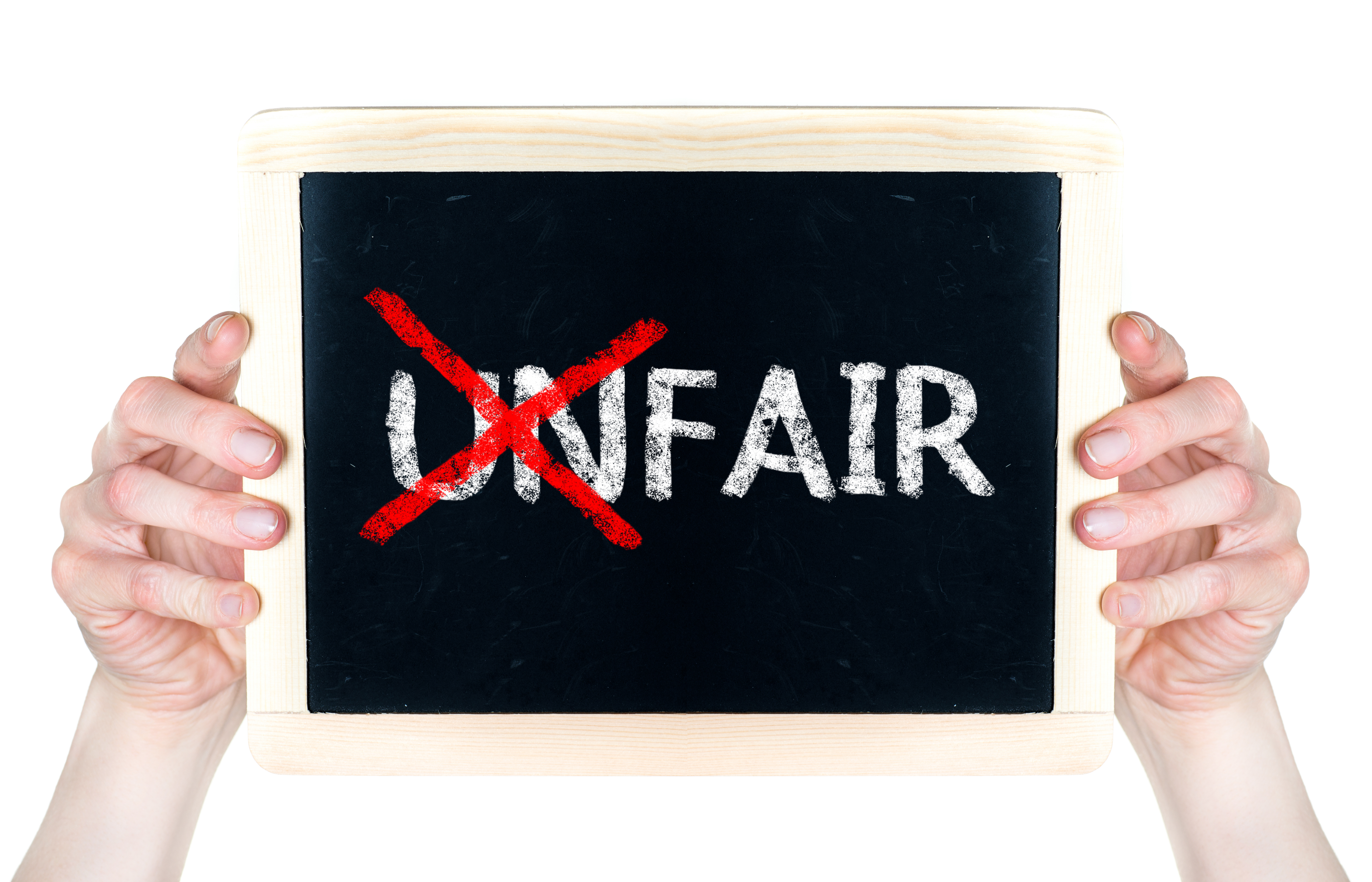Should Kellogg’s be Frosted by Seinfeld’s ‘Unfrosted’?
“Trademark law only prevents consumer confusion and dilution of a mark’s distinctiveness and tarnishment of its reputation; it does not create a right not to be parodied.”
“Unfrosted,” Jerry Seinfeld’s unauthorized (and totally made up) history of Pop Tarts, dropped on Netflix on May 3, 2024, to mixed reviews and 7.1 million viewers in its first week. Many of those who watched probably assumed Seinfeld had Kellogg’s permission to use the Pop Tarts trademark – such is the success that brand owners have had in convincing the public of the brand owners’ exclusive control over their marks. However, brand owners do not have control over all uses of their marks. As Justice Oliver Wendell Holmes stated in the 1924 Supreme Court Case Prestonettes, Inc. v. Coty, trademarks are not “taboo.” Seinfeld has repeatedly stated that Kellogg’s did not authorize “Unfrosted” and has even joked about testifying in a lawsuit. So far, none has been filed, and with little chance of success, it is doubtful that would happen.
Trademark law only gives trademark owners two basic protections. The first is against the infringements – uses that are likely to cause confusion about the source of the infringer’s product. The second is against dilution, which are uses likely to dilute a mark’s distinctiveness or tarnish its reputation. Any other uses generally are not prohibited.
Exceptions
Furthermore, federal law recognizes two exceptions to these protections. The first is descriptive fair use under 15 U.S.C. 1114(b)(4), which permits the descriptive use of words that happen to be a trademark in their original, nontrademark sense. The second is nominative fair use, established by the courts in cases such as New Kids on the Block v. News Am. Publ’g, Inc. This doctrine permits using a trademark to identify the owner or its products or services.
Parody is often cited as another exception to trademark protection, particularly concerning dilution. However, there is no formal parody exception to trademark infringement. Rather, parody is a use of a mark that is so critical or comical of the brand that there is no likelihood that consumers would be confused by the parody.
Free speech rights under the First Amendment are also cited as an exception to trademark rights. However, last year in Jack Daniel’s Props., Inc. v. VIP Prods. LLC, the Supreme Court reminded us that this exception is far from absolute when it rejected a First Amendment defense for VIP Products’ Bad Spaniels dog toy, which resembled a Jack Daniel’s bottle. The court noted that merely using the product to convey a humorous message did not automatically entitle it to First Amendment protection.
Confusion and Expressive Works
Generally, an expressive work such as a movie or television show that references or even focuses on a branded product is not necessarily likely to cause confusion. When that is the case, it does not infringe the brand owner’s rights. This does not necessarily mean that a brand owner has no remedy if the filmmaker goes so far as to disparage the product or its brand. However, courts will usually give filmmakers more leeway than brand owners may like.
In Caterpillar Inc. v. Walt Disney Co., the plaintiff sought to use its trademark rights to contest the depiction of its branded products in the movie “George of the Jungle 2.” The movie had four separate scenes featuring the Caterpillar bulldozers, described by the narrator as “deleterious dozers” and “maniacal machines,” which the villain’s minions used to try to destroy George’s jungle home. While the depiction of Caterpillar’s products might indeed cast the company in an unwholesome or unsavory light, the court noted that the movie did not disparage it or remotely suggest that Caterpillar products are shoddy or of low quality. The court thus denied Caterpillar’s motion for a preliminary injunction, and the case was eventually dismissed.
Similarly, in Wham-O, Inc. v. Paramount Pictures Corp., Wham-O sought a temporary restraining order against the movie “Dickie Roberts: Former Child Star” and its’ depiction of Wham-O’s Slip N Slide product. Troubled by the depiction in the movie and its promotion of supposedly comedic misuse of the product that prompted real – if humorous – injury, Wham-O sought to use its trademark rights to contest the use of the Slip N Slide. As to infringement, the court noted that “[c]onsumers and viewers will not mistake plaintiff for a movie production house, and consumers and viewers will not mistake defendants for a purveyor of toys” and concluded that defendants’ use of the product will not spur any likelihood of confusion. As to dilution, the court noted the “hamfisted and exaggerated illustration of slide misuse. It is an obvious and unmistakable misuse, one recognizable by even the youngest or most credulous film viewer, and one expressly described as a misuse in the film itself.” The court concluded that the misuse was apparent and Wham-O’s marks will not be harmed.
Incidental appearances of products in movies and television shows have been considered and rejected in other cases. In Gottlieb Development LLC v. Paramount Pictures Corp., the court found it “simply not plausible” that the appearance of the plaintiff’s pinball machine in the background of a scene in the movie “What Women Want” “would confuse ordinarily prudent consumers as to the sponsorship or affiliation of its pinball machines.” In Louis Vuitton Malletier, S.A. v. Warner Bros. Entm’t Inc., the court dismissed the plaintiff’s claim that the use of a counterfeit Louis Vuitton bag in “The Hangover: Part II” caused viewers to believe that the bag was genuine. The court determined that the pertinent confusion revolved around the source or sponsorship of the defendant’s movie. It added that Louis Vuitton objected to a statement made by a fictional character in a fictional movie, labeling it as an affirmative misrepresentation.
Source:
At some point, a depiction of the branded product might be so disturbing that a trademark owner might get some relief, but this would likely come from a disparagement claim and not one based upon trademark infringement or dilution. For example, in the 1993 Sylvester Stallone action/thriller “Cliff Hanger,” Black Diamond Equipment was reportedly unhappy that its climbing equipment was depicted as leading to a character’s death. As a result, the film was modified to include a disclaimer that the product had been modified.
In 2006, the first episode of NBC’s “Heroes” showed one of the characters (who fortunately had the power of indestructibility) sticking her hand into a garbage disposal, resulting in a mangled appendage. Emerson Electric objected to the fact that its InSinkErator brand name was prominently displayed on the disposal and sued NBC, claiming that the show “implies an incorrect and dangerous design for a food waste disposer” and “casts the disposer in an unsavory light, irreparably tarnishing the product.” Before the suit proceeded very far, NBC issued a public statement: “While we do not believe there is any legal issue with the episode as originally broadcast, we nonetheless have decided to edit the episode for future uses.”
As the court in Caterpillar noted: “The appearance of products bearing well known trademarks in cinema and television is a common phenomenon.” Because of that, the court questioned whether “the mere appearance of a Ford Taurus in a garden variety car chase scene is sufficient by itself to constitute unfair competition.”
Since before Elliot first tried to lure E.T. with Reese’s Pieces in Spielberg’s 1982 movie, we have been accustomed to seeing real products in our movies and television shows. We may or may not appreciate the financial transactions going on behind the scenes, but we are unlikely to ascribe the entire movie to a product we see in one scene.
Thank God for Trademark Law Limits
The situation is admittedly a little different where the product is the star of a movie, rather than just a prop in a scene. However, without additional context, moviegoers typically don’t assume that a movie about a product is necessarily sponsored by that product. Examples like the 2023 films “Air,” about the origins of Air Jordans, or “BlackBerry,” about BlackBerry’s origins, come to mind. This principle applies even to a fanciful origin story like “Unfrosted.”
Trademark law only prevents consumer confusion and dilution of a mark’s distinctiveness and tarnishment of its reputation; it does not create a right not to be parodied. Imagine if the law was different and trademark owners could control any use or mention of their brands, collecting tribute for every reference and squelching criticism or parody. The world would be a much duller place, and movies like Seinfeld’s “Unfrosted” would be toast.
Image Source: Deposit Photos
Author: Jean_Nelson
Image ID: 717959368









